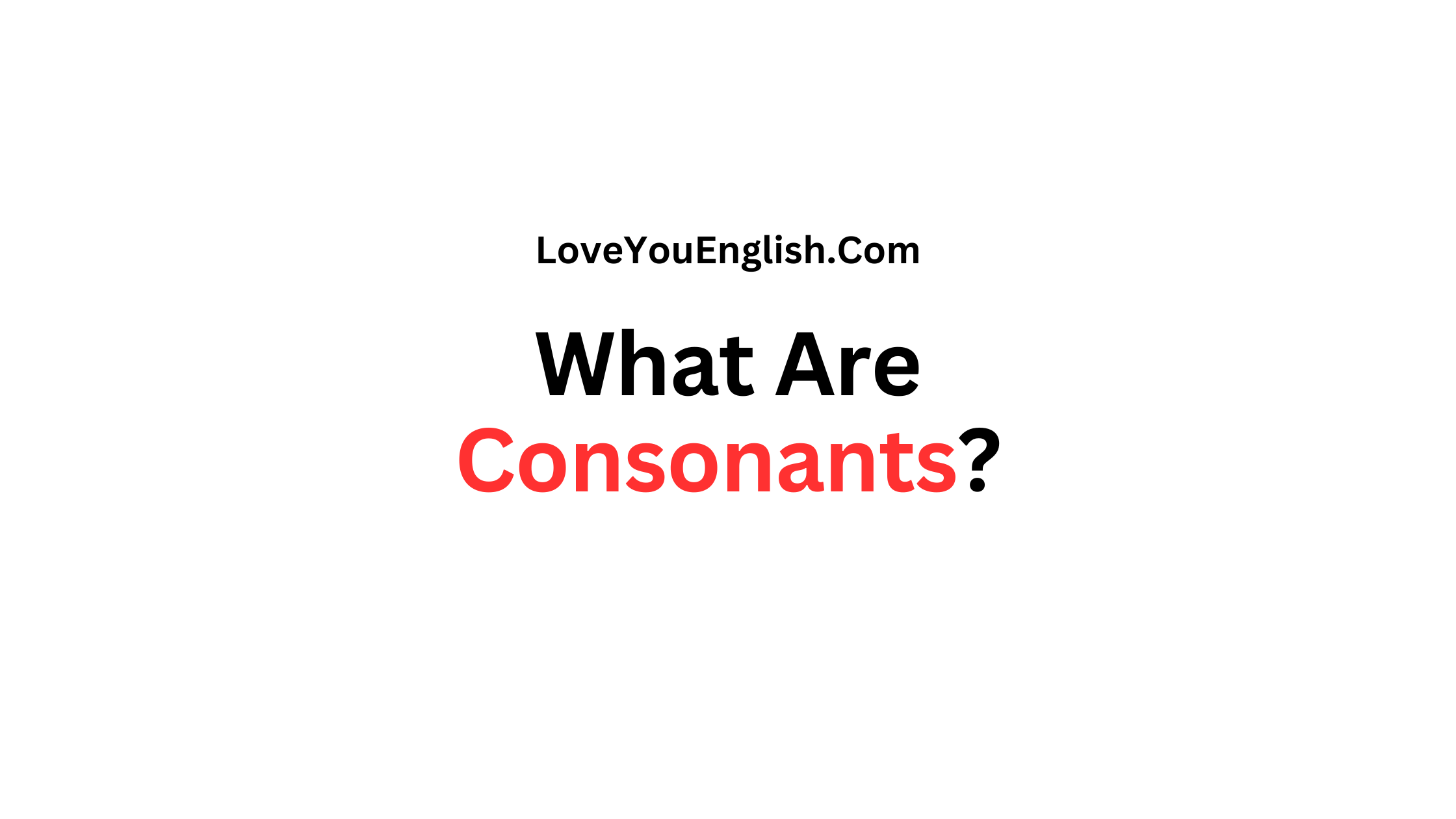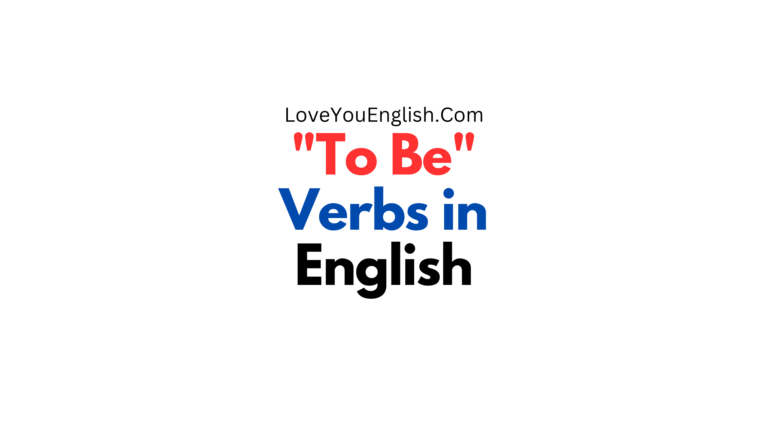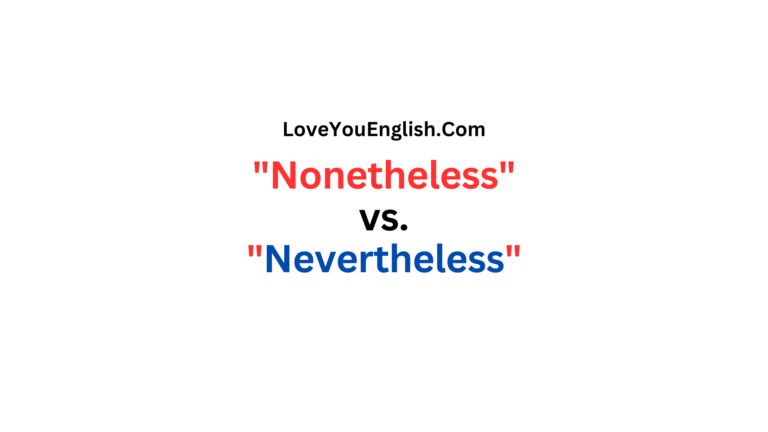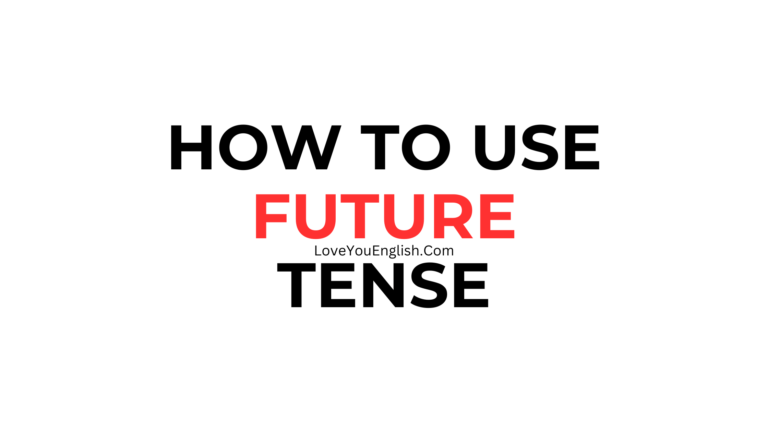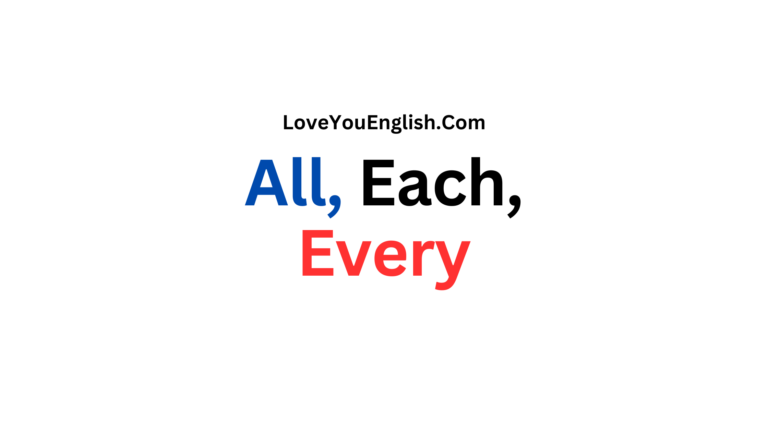What Are Consonants? Definition and Examples
What Are Consonants? Definition and Examples
Language is an amazing and complicated way for people to communicate, and it has been developed over thousands of years.
The basic parts of language are called letters.
These letters come together to make words, which then form sentences, paragraphs, and even whole stories.
In the English alphabet, there are 26 letters, split into two main groups: vowels and consonants.
Today, we will take a closer look at consonants—what they are, how they work in language, and some examples to help you understand them better.
What Are Consonants?
Consonants are sounds we make when the air from our lungs is blocked in some way by parts of our mouth, like the tongue, teeth, lips, or roof of the mouth.
Unlike vowels, where the air flows out smoothly, consonants require some kind of closure or narrowing in the vocal tract.
The English Consonants
The English alphabet contains 21 consonant letters.
These are:
- B
- C
- D
- F
- G
- H
- J
- K
- L
- M
- N
- P
- Q
- R
- S
- T
- V
- W
- X
- Y
- Z
Every letter in this group stands for one or more consonant sounds.
Some consonants, such as “b” and “p,” match up perfectly with their sounds.
However, others like “c” and “g” can make different sounds based on where they are in a word or what letters come after them.
More grammar topics:
- Understanding the Difference Between Nouns & Pronouns
- “May” vs. “Might”: What’s the Difference?
- Can vs. Could: Learn the Difference
- Understanding the Difference Between “Neither” and “Either”
- When to Use “Choose” vs. “Chose”: A Comprehensive Guide
Examples of Consonants in Words
To better understand consonants, let’s look at some examples of words that contain different consonant sounds.
This will help you see how consonants function in everyday language.
- B: bat, ball, big
- C: cat, cake, car (Note: “C” can also have an “s” sound as in “cell.”)
- D: dog, door, day
- F: fish, fun, fall
- G: go, game, good (Note: “G” can also have a “j” sound as in “giant.”)
- H: hat, house, horse
- J: jump, joy, job
- K: kite, king, key
- L: love, lion, lamp
- M: man, moon, mother
- N: nose, night, nest
- P: pen, pig, park
- Q: queen, quick, quiz (Note: “Q” is almost always followed by “u.”)
- R: run, red, rose
- S: sun, sit, song
- T: table, time, top
- V: van, very, voice
- W: water, wind, wave
- X: box, fox, mix (Note: “X” often sounds like “ks.”)
- Y: yellow, yes, yard (Note: “Y” can also function as a vowel.)
- Z: zebra, zoo, buzz
Consonant Clusters
Sometimes, consonants appear together in groups called consonant clusters.
These clusters can occur at the beginning, middle, or end of words.
Here are a few examples:
- Beginning Clusters:
- bl: black, blue
- cr: crab, cry
- st: star, stop
- Middle Clusters:
- lk: milk, bulk
- nd: hand, send
- mp: lamp, jump
- Ending Clusters:
- ng: ring, song
- ft: lift, gift
- ld: cold, gold
Silent Consonants
English can be tricky because some consonants are silent; they are written but not pronounced.
Here are some examples:
- Silent B: lamb, climb, thumb
- Silent K: knife, knee, know
- Silent W: write, wrong, wrist
- Silent G: gnaw, gnat, sign
Importance of Consonants in English
Consonants are super important in English.
They help form and distinguish words, which makes it easier for us to communicate.
If we didn’t have consonants, our language would be messy and hard to understand.
Here are some reasons why consonants matter:
- Word Formation: Consonants are essential in forming words. They combine with vowels to create meaningful units of language.
- Clarity: Consonants help to distinguish between words that might otherwise sound similar. For example, “bat” and “pat” are differentiated by the initial consonant sound.
- Rhythm and Flow: Consonants contribute to the rhythm and flow of speech, giving it a natural and engaging quality.
Practice with Consonants
Understanding consonants can be easier with some practice.
Here are a few exercises to help you get comfortable with consonant sounds:
- Identify Consonants: Look at a list of words and underline the consonants. For example, in the word “cat,” the consonants are “c” and “t.”
- Pronunciation Practice: Practice saying words that start with each consonant sound. For example, say “bat,” “cat,” “dog,” etc., to get used to the different sounds.
- Consonant Clusters: Try to come up with words that contain specific consonant clusters, such as “bl,” “cr,” or “st.”
- Silent Consonants: Make a list of words with silent consonants and practice pronouncing them correctly.
Fun Facts About Consonants
To wrap up our exploration of consonants, here are a few fun facts:
- The Most Common Consonant: The letter “t” is the most frequently used consonant in the English language.
- Consonant Digraphs: Sometimes two letters come together to make a single consonant sound, such as “sh” in “ship” or “ch” in “chat.”
- Longest Words Without Vowels: Some English words have no vowels and only use consonants, such as “rhythm” and “myth.”
- The Letter “Y”: The letter “y” can function as both a consonant and a vowel. In words like “yellow” it is a consonant, but in “cry” it acts as a vowel.
Tips for Mastering Consonants
To master consonants, here are some practical tips:
- Listen and Imitate:
- Listen to native speakers and try to imitate their pronunciation. Pay attention to how they form consonant sounds.
- Use Phonetic Symbols:
- Record Yourself:
- Record your speech and compare it to native speakers to identify areas for improvement.
- Practice Regularly:
- Consistent practice is key. Set aside time each day to work on your consonant pronunciation and listening skills.
Conclusion
Consonants play a crucial role in the English language, and knowing about them can make you a better communicator.
They are not just letters; they help shape words and make our speech clear.
When you dive into the different consonant sounds, work on how to pronounce them, and see how they appear in other languages, you can improve your language abilities and notice the little details in English.
Keep practicing, stay interested, and have fun learning about these important parts of language!
